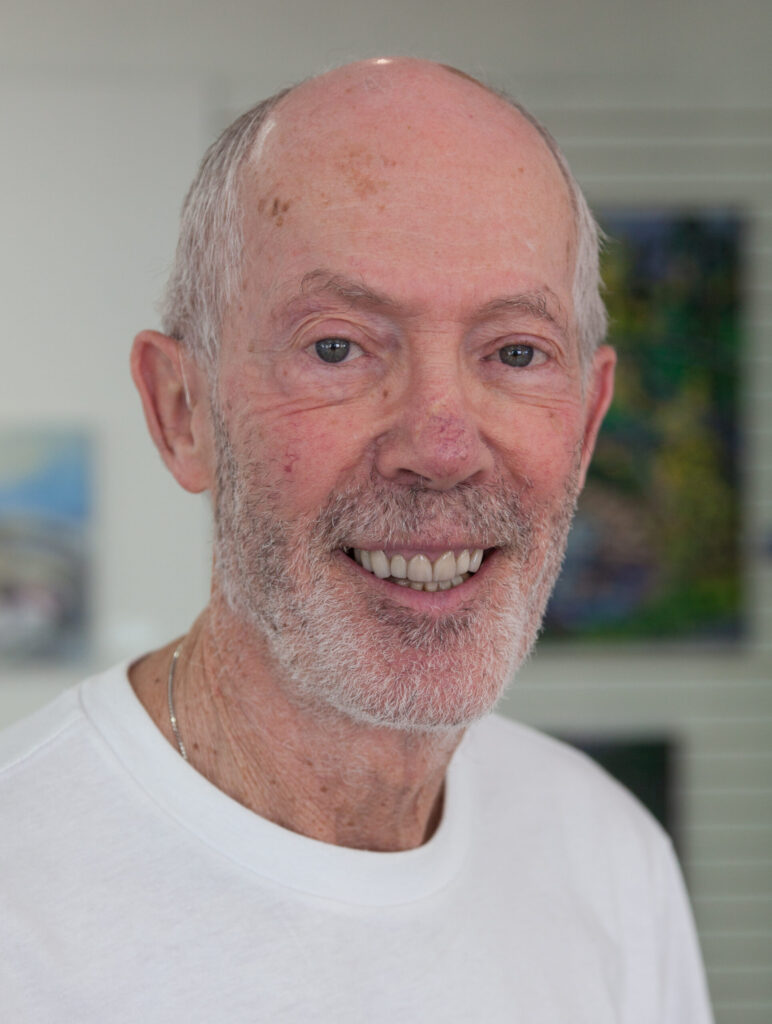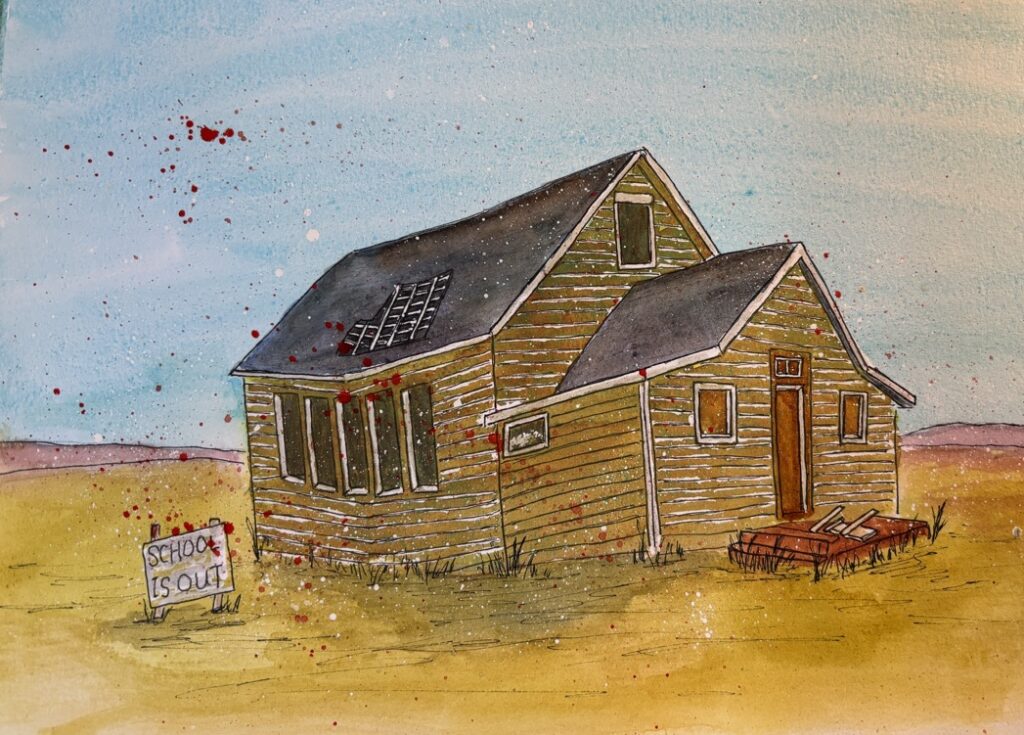
The Artist as Storyteller: Weaving Meaning Through Image and Imagination
In every era, across every culture, artists have served as the keepers of stories—those who preserve memory, inspire vision, and invite reflection. Whether working in paint, clay, fabric, film, or digital media, the artist is, at heart, a storyteller. And unlike the storyteller who relies solely on words, the artist crafts narratives through images, textures, colours, forms, and rhythms. Their language is visual, emotional, and often wordless—but no less powerful in its capacity to move, teach, and transform.
Storytelling through art is not a passive act. It is active, interpretive, and often personal. An artist chooses what to reveal, what to obscure, what moment to capture—and what emotion to evoke. Sometimes the story is clear, almost cinematic in its composition; other times, it is abstract or symbolic, demanding that viewers bring their own stories to meet the work. In this way, the artist becomes a kind of mirror-maker, reflecting not only the world as it is, but also how it might be, or how it feels on the inside.
Throughout human history, creativity has been unleashed to interpret human experience. Art was a vessel of cultural memory, carrying stories from one generation to the next.
In our times, the artist still holds that role, though the stories may have shifted. In a time of personal expression, political urgency, and digital saturation, artists tell stories of identity, injustice, climate, resilience, joy, and struggle. A mural on a city wall might speak of protest and hope. A sculpture might embody grief. A collage might unravel the experience of migration, or motherhood, or mental health. These stories aren’t always tidy or linear—they don’t always have a beginning, middle, and end—but they are potent.
What makes the artist’s story different from a written one is that it lives in layers. A single canvas might hold both chaos and clarity, both past and future. And interpretation is not fixed. Each viewer brings their own eyes, their own history, to the piece—and in doing so, becomes part of the storytelling process. The art becomes a conversation.
In my recent show at Gallery Vertigo, my art represented long abandoned buildings. I believe it’s a mistake, however, to think of old houses as being empty. They are filled with memories, with the faded echoes of voices. Rather than recount the actual history of each building I painted, I chose to create a simple haiku that reflected my thoughts inspired by the title.
This painting is entitled School Is Out. Interestingly, it was purchased by visitors from Saskatchewan where it now lives. The haiku:
Empty classroom hums
Chalk dust drifts in the silent light
School is out for now.

Ultimately, the artist as storyteller is both witness and dreamer. They remind us that stories are not just told in books, but also in brushstrokes, shadows, and symbols. And they invite us to look closer—not just at the art, but at ourselves. As member artists at Gallery Vertigo, we are each free to practice our story telling craft and show the world our unique perspectives.